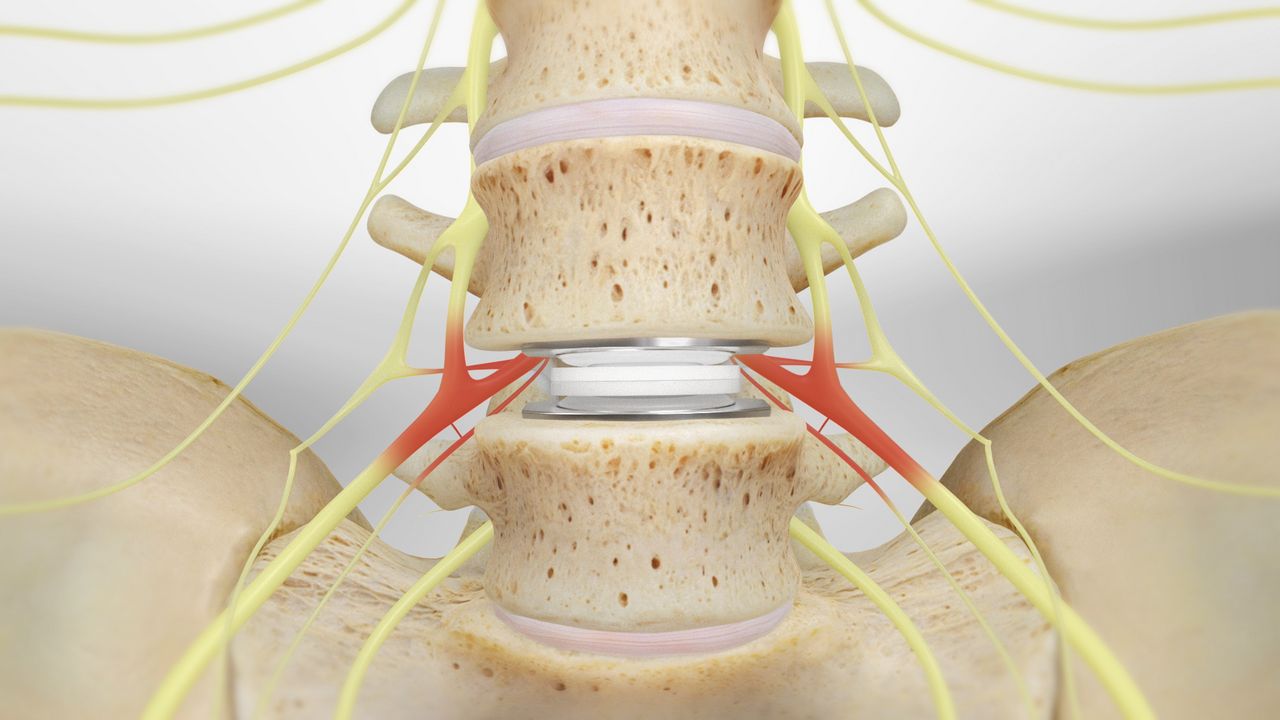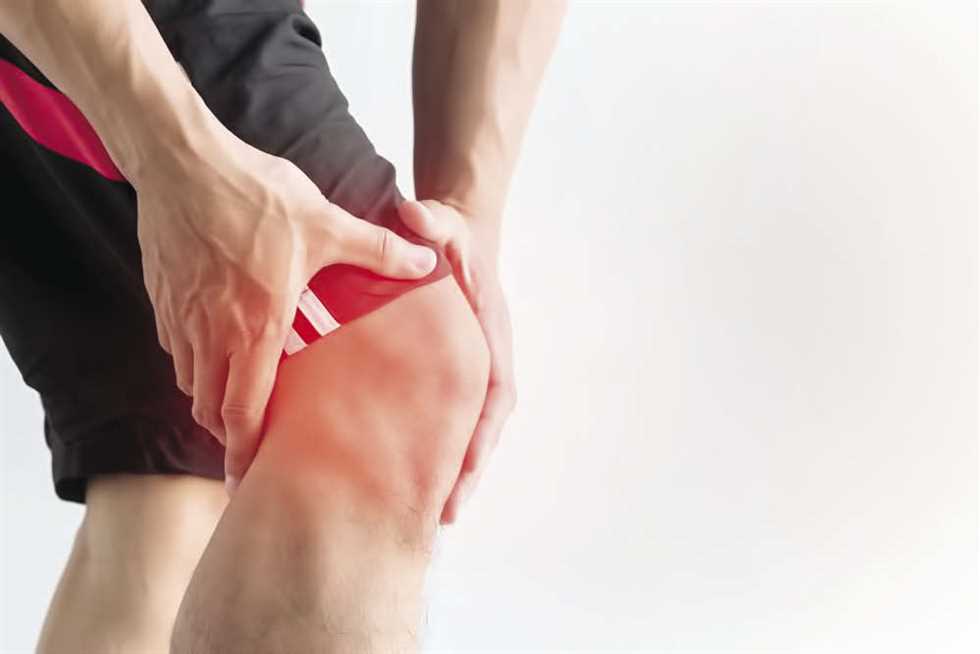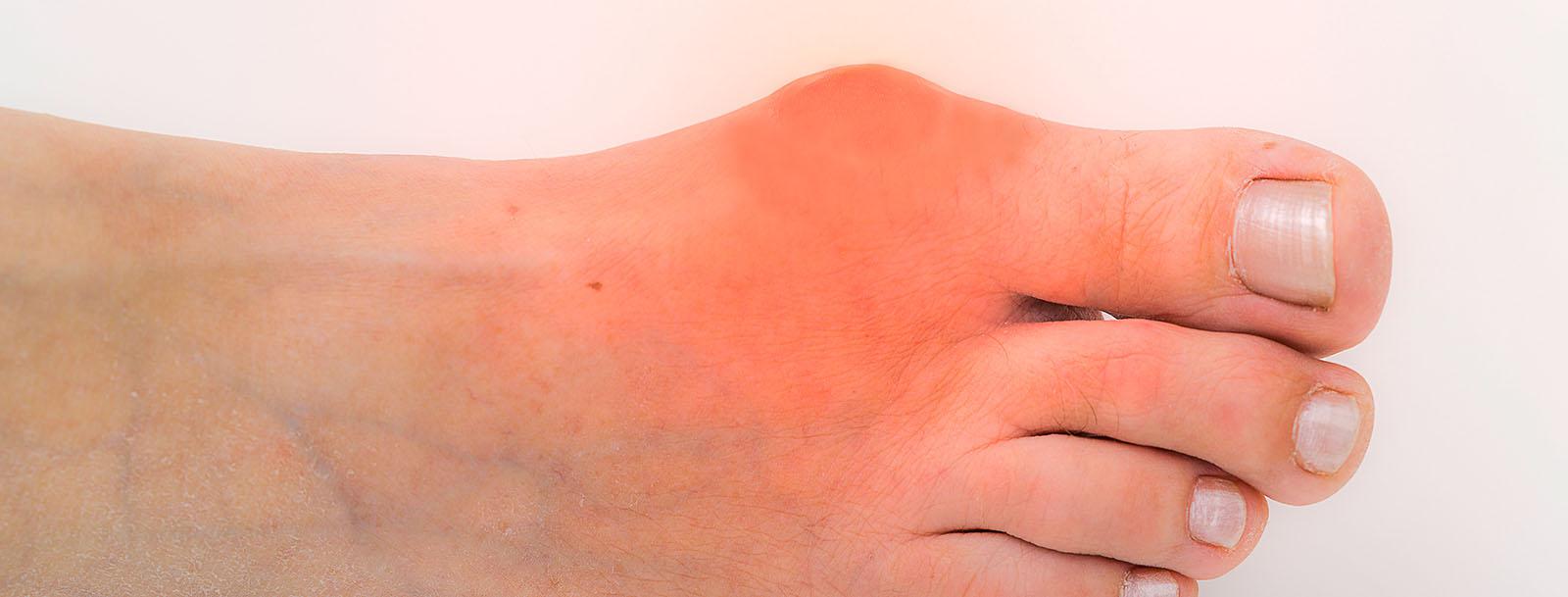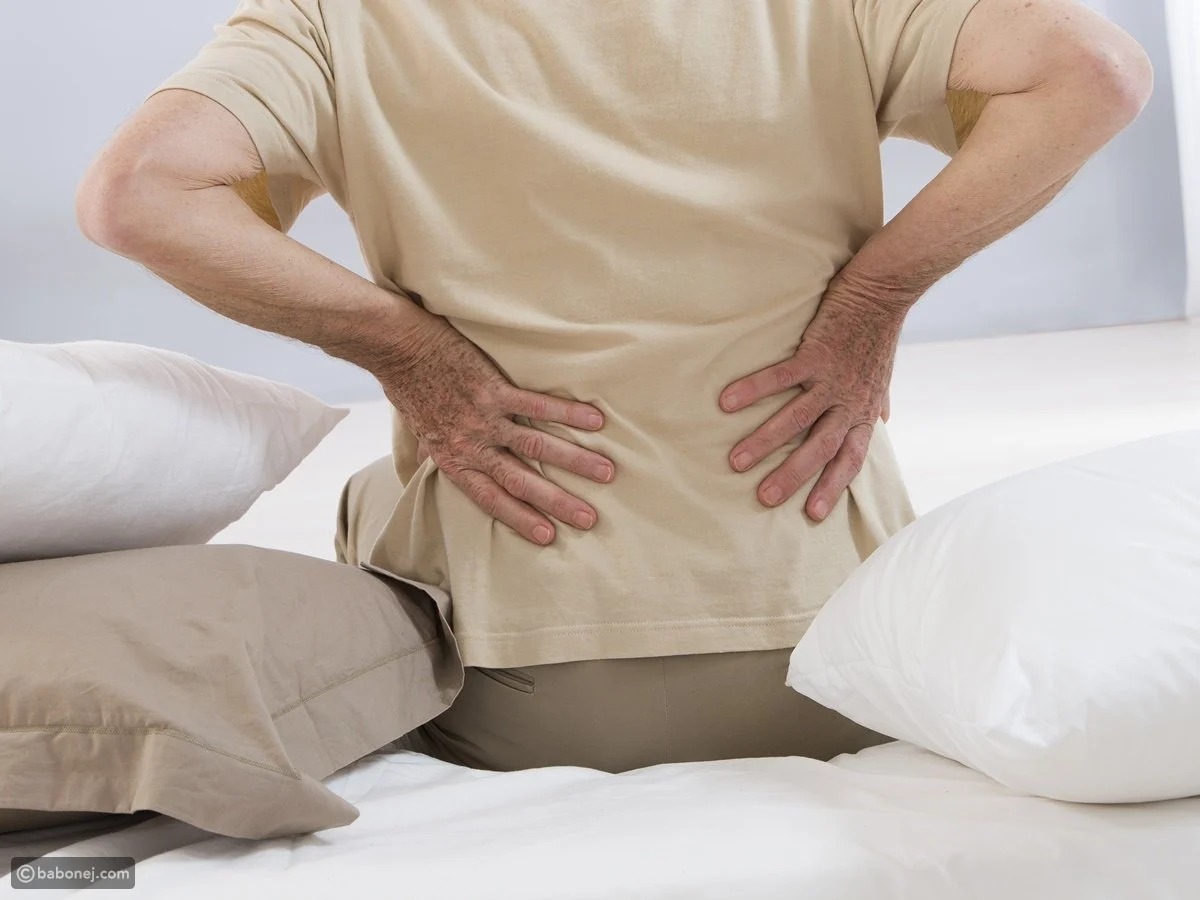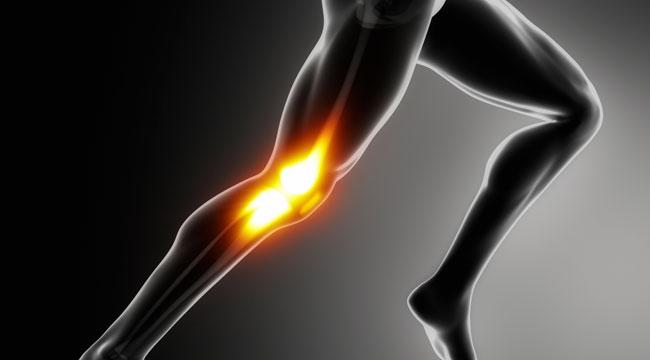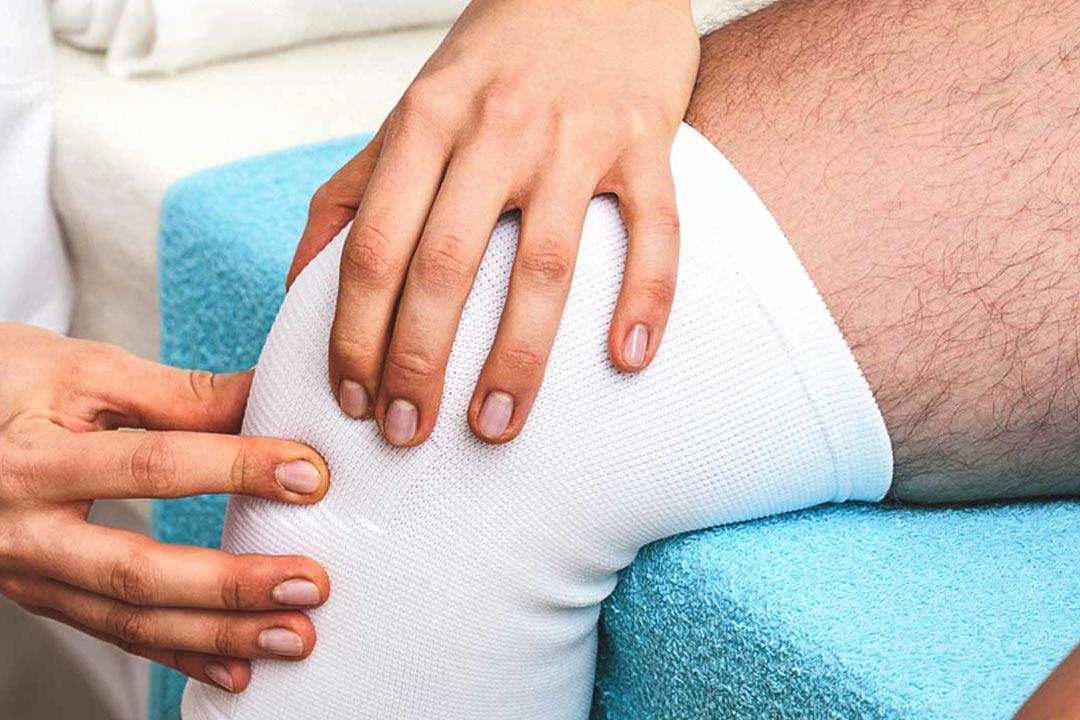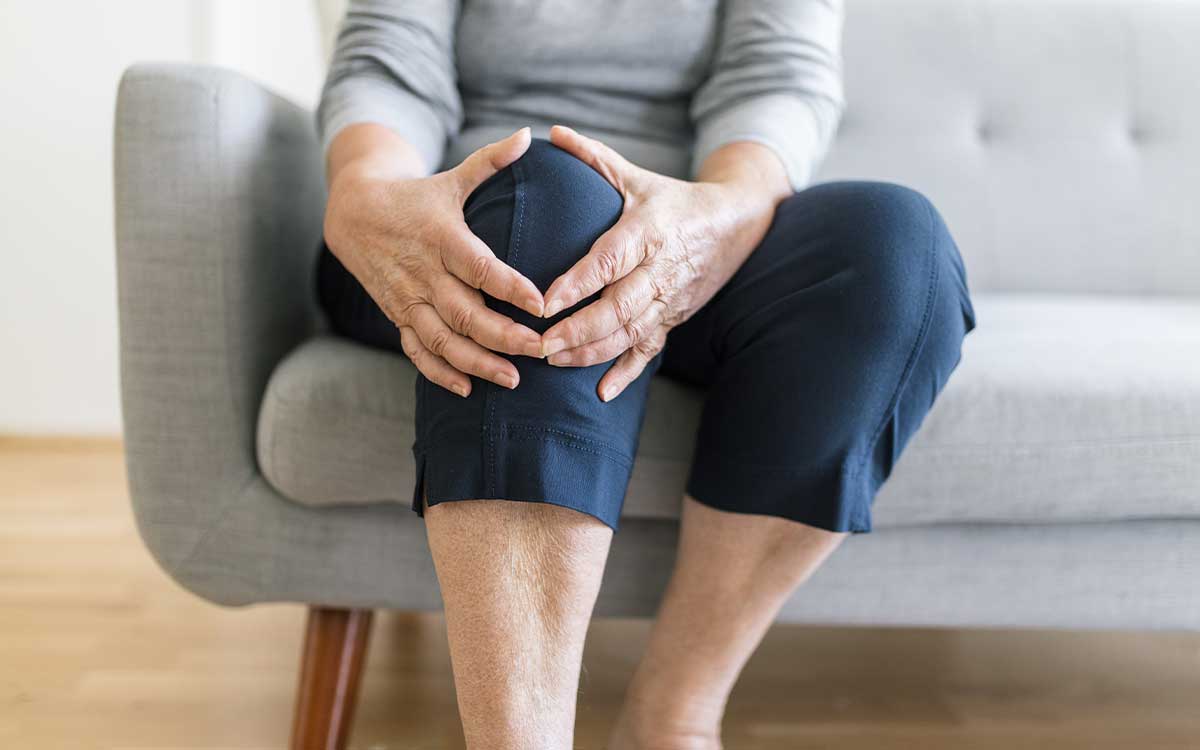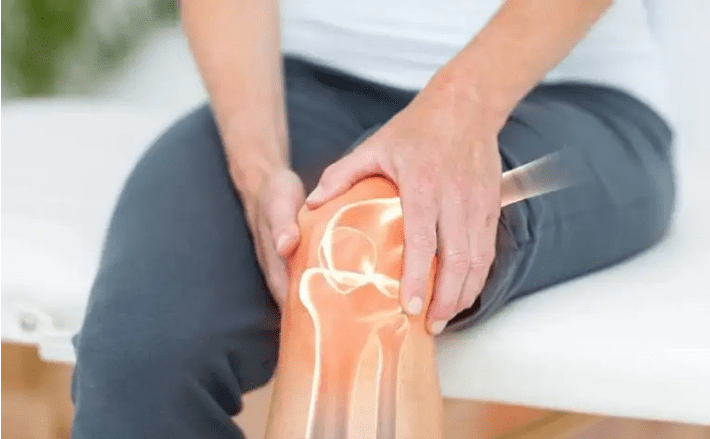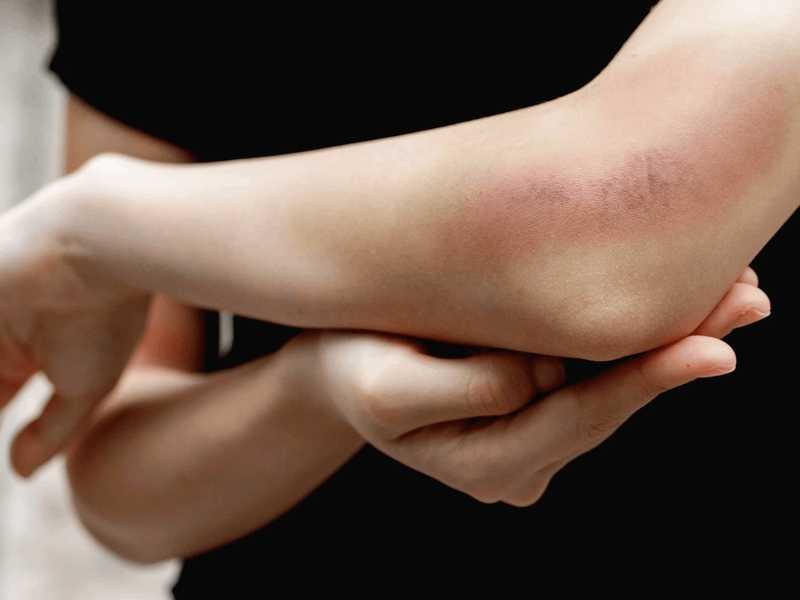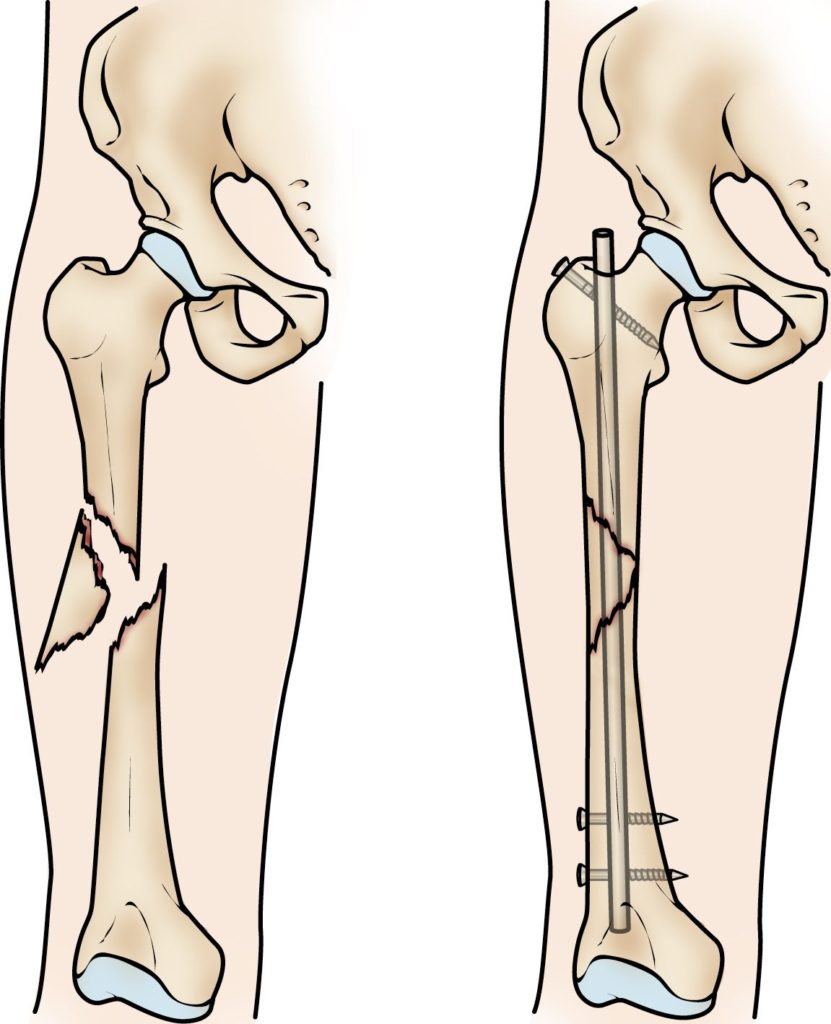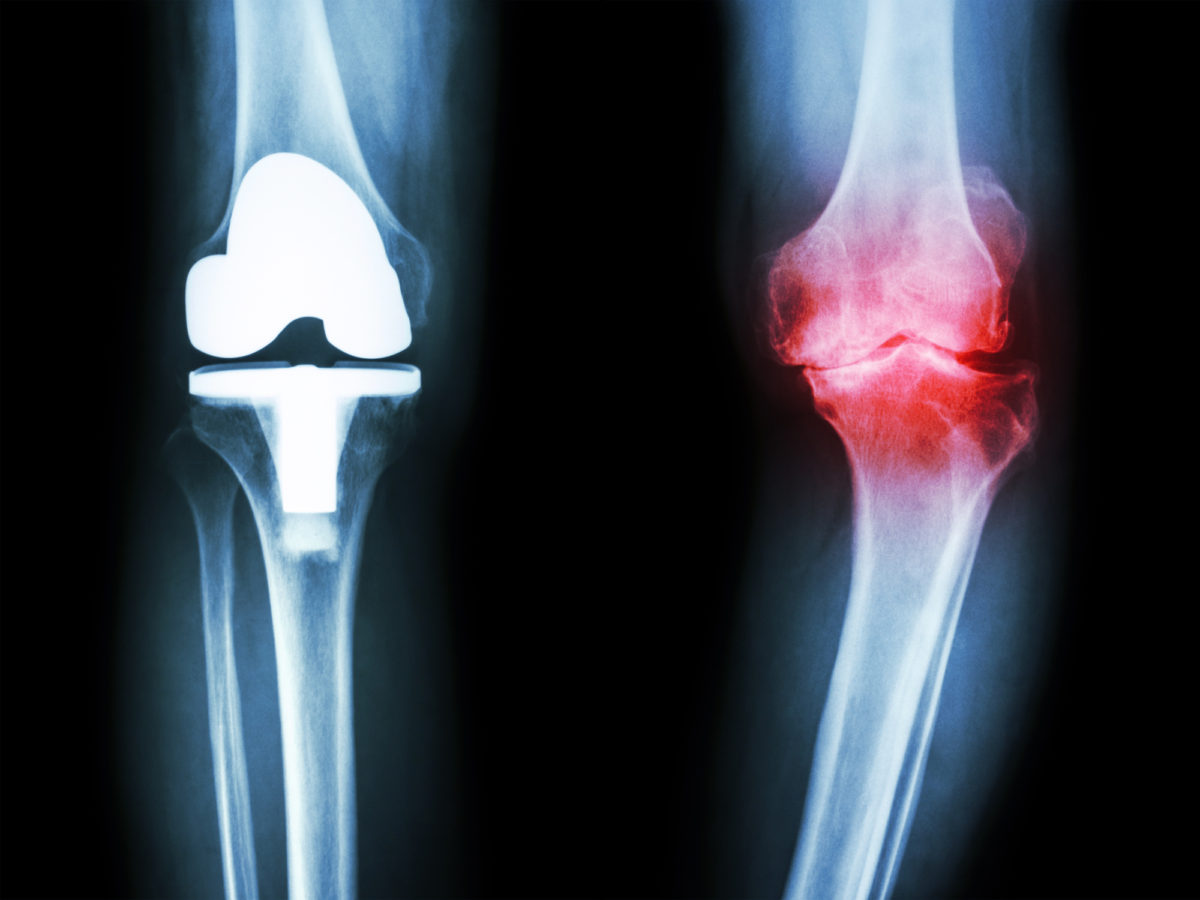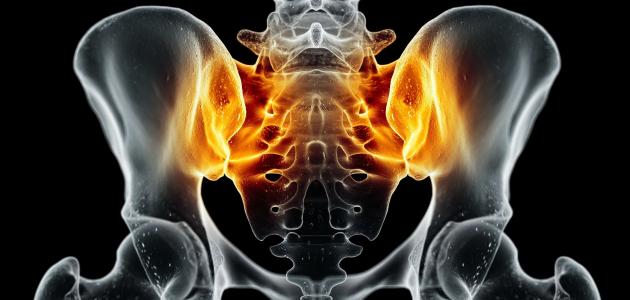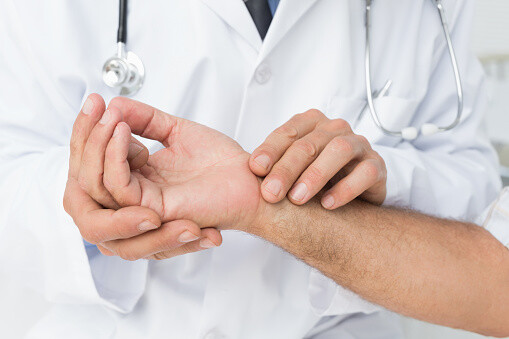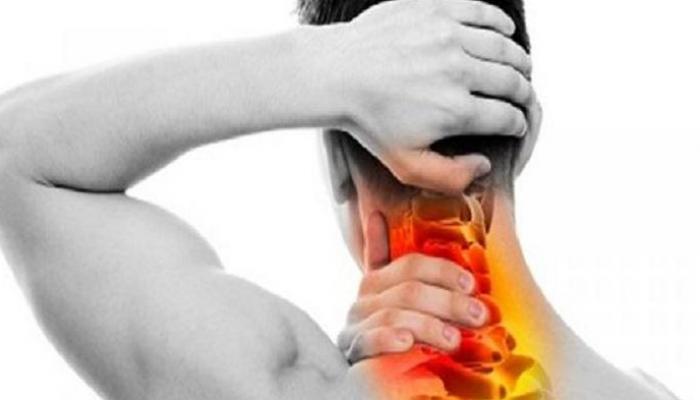What is the treatment for vitamin D deficiency?
Vitamin D deficiency is one of the many diseases that exist in our Arab world as a result of many factors, but there are more ways to treat it, which we will learn about in detail below.
What is the treatment for vitamin D deficiency?
Vitamin D is one of the types of vitamins that are of great importance in the body’s performance of more than one function and it can be a cause of harm that occurs to it in the event of deficiency or lack of vitamin D in the body, and there is more than one reason for the deficiency of vitamin D, including:
- Difficulty forming his skin from sunlight.
- The absence of vitamin D-containing foods from a person’s diet.
- The body may not be able to absorb vitamin D in the intestines.
- Difficulty converting it into active substances in the liver and kidneys.
Symptoms of vitamin D deficiency
The normal rate of vitamin D in the body starts from 50 to 1250 nanomol / liter, and symptoms of vitamin D deficiency and its problems appear, especially if a long period of time has passed since the deficiency in the body of vitamin D, and the symptoms are as follows:
- Feeling very stressed and tired.
- Long-term bone and muscle pain.
- Feeling of psychological discomfort and depression.
- hair loss
Methods of treating vitamin D deficiency
There is more than one method used in the treatment of vitamin D that works to gradually increase its percentage in the body and benefit from it in various vital processes, and doctors work to provide an integrated diet and medicine for the patient in order for the results of recovery to be quick and more effective.
Diet therapy
Certainly, nutrition and natural foods full of vitamin D are important factors in increasing its percentage in the body and increasing the recovery rate. How many of these foods are beef, cheese, egg yolks, whole grains, and soy?
Sun exposure
Sunlight is one of the natural sources rich in vitamin D, especially in the early morning. It is possible to continue exposing parts of the body such as the legs, hands, and forearms to the sun more than before, and the appropriate time and period is discussed with the attending physician.
Take nutritional supplements
Taking vitamin D pills is one of the fastest methods of treatment, which many doctors recommend in the first period of treatment because it works to significantly adjust the level of vitamin D in the body, and attention is paid to the patient’s diet to increase the percentage of beneficial fats in it, which helps the intestines absorb vitamin D.
There are many medicines that provide the body with the vitamin D that it needs, including what contains “vitamin D2” and others that contain “vitamin D3”, and they are two of the most important vitamin D derivatives that cause major health problems when they are deficient.
Doctors suggested that drugs containing “vitamin D3” be taken because they help more to compensate for the lack of vitamin D in the body, and there is more than one concentration of vitamin D pills, and the doctor can increase the doses used according to the person’s medical condition.
When will the symptoms of vitamin D deficiency end?
The improvement of the condition of a vitamin D deficiency patient depends on more than one element, but the most important of them is the extent of the vitamin D deficiency in the body, but in general, the level of vitamin D can return to normal within a period of two to three months, especially after the end of the treatment course intended for the patient.
Symptoms of iron and vitamin d deficiency
There is a strong relationship between iron deficiency and vitamin D in the body. Research has shown that there are proteins secreted by the liver, and it is the main factor in controlling the level of iron and its good absorption in the body, and vitamin D limit a person’s exposure to autoimmune diseases such as rheumatoid arthritis and keeps the person away from anemia.
The groups most at risk of iron and vitamin D deficiency
Iron deficiency is prevalent in certain groups and not others, and their chances of exposure to diseases, especially those related to immunity, increase, including the following:
- Women: Women are considered the most vulnerable to anemia because they lose large amounts of blood during menstruation and postpartum times, as well as during pregnancy, because the fetus feeds mainly on the blood of the mother, and large proportions of vitamins and minerals are lost at this time.
- People with malnutrition: The lack of nutrients in the body can affect the formation of an imbalance and deficiency of important substances such as iron and vitamin D in the body, and this is due to not following an appropriate and healthy diet.
Causes of iron and vitamin D deficiency
- Difficulty absorbing iron into the body.
- Not eating healthy food and malnutrition.
- Corn disease that affects the digestive system and reduces iron absorption.
- Exposure to large amounts of blood loss.
- Not getting enough sun exposure.
- Having an allergy to whole grains and not benefiting from gluten in the body.
Symptoms of iron and vitamin d deficiency
There is a relationship between iron and vitamin D, and the deficiency of one may affect the other, and the patient may show the following signs:
- A feeling of general weakness and emaciation in the body.
- Skin color becomes pale.
- Weak immunity and many diseases.
- hair loss
- Soreness in the muscles of the body.
- Significant weight gain.
- feeling dizzy
- chapped lips
- A feeling of shortness of breath.

